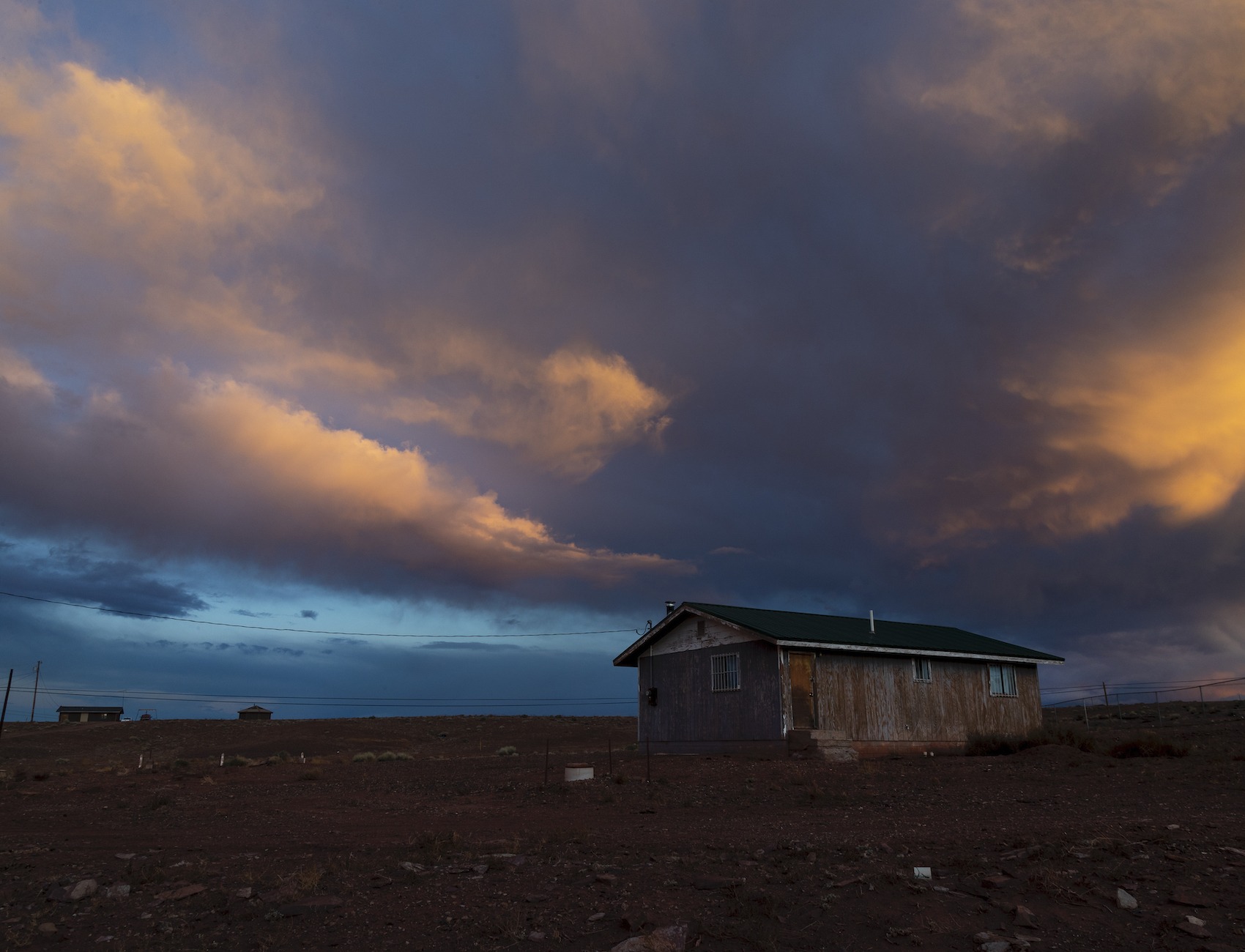Mail Voting Disenfranchises Native People, Advocates Warn
In a typical election, Natives face multiple forms of voter suppression. With more than one-third of Americans expected to vote by mail this year, Native communities are facing a new set of problems.

The COVID-19 pandemic has created an urgent need to expand Americans’ ability to vote by mail. But Native people, who have been among those hit hardest by the virus, have long faced barriers to mail voting.
Ahead of the November election, people living on Arizona’s Navajo reservation will effectively have 15 days to return their ballots, while the rest of the state will have 25 days, according to a lawsuit filed by residents of the reservation.
The lawsuit alleges that Arizona is making it vastly more difficult for people living on the reservation to have their mail-in ballots counted than other residents of the state. Residents of Scottsdale can mail their ballots from more than 200 locations within 20 miles of the city, ensuring they are received by Election Day, which this year is Nov. 3. On the nearby Navajo reservation, where more than a quarter of households don’t own cars, many voters will need to travel more than twice that distance to mail their ballots.
Navajo reservation residents are challenging Arizona’s requirement that ballots be received—not postmarked—by 7 p.m. on Election Day to be counted, arguing that tribal members have unequal access to vote by mail compared to non-Native voters in Arizona and are likely to be disenfranchised.
The lawsuit is one of many across the country challenging strict deadlines for the receipt of mail-in ballots. This week, a Wisconsin federal judge extended the due date for receipt of mail ballots to six days after the election, so long as the ballots are postmarked by Election Day. Judges in Georgia, Michigan, and Pennsylvania have similarly extended the deadline.
But even Election Day postmark deadlines for mail-in ballots could disenfranchise Natives, voting rights advocates say.
“Vote by mail doesn’t work for Native communities,” said Jacqueline De León, a staff attorney with the Native American Rights Fund. “It’s going to end up suppressing turnout.”
Mail from reservations is often sent without a postmark and it’s unclear why, according to De León. It could be because postal workers are trying to avoid circuitous mail routes or because mail gets dropped off when post offices are closed, she said. Attorneys said they’re concerned that the question of what to do with those ballots could lead to legal challenges in the days after the election.
In a typical election, Natives face multiple forms of voter suppression. Tribes have accused state and local officials of moving polling places farther from reservations, requiring physical addresses to register, and requiring forms of photo ID that Native people often don’t have.
This year, with more than one-third of Americans expected to vote by mail, Native communities are facing a new set of problems. Many who live on reservations can’t get at-home mail delivery and have to make frequent visits to post offices that are far away and are open limited hours, according to a June report about obstacles to mail voting from the Native American Voting Rights Coalition.
The report, based on field hearings on reservations across the country, also found that Native people are also less likely to have cars, other forms of transportation, or the financial resources needed to drop off their ballots.
And Natives often don’t have secure housing, the report said. Their housing is often remote, and they frequently use P.O. boxes shared among a number of people. With the U.S. Postal Service expecting delays in sending and receiving ballots, Native populations are likely to disproportionately feel the effects.
“It is not uncommon to have 15 people sharing a home on a reservation,” the report says. “Some move from couch to couch because they have no home of their own. Disproportionate homelessness and precarious housing makes both voter registration and the delivery of mailed ballots difficult.”
The report recommended that local election officials directly contact tribes to discuss placement of vote centers with registration opportunities and polling places within Native communities.
OJ Semans, director of the Native voting rights organization Four Directions, said he’s worried about how the pandemic will set back efforts to create equal voting opportunities for Native voters.
“It’s bad enough that vote by mail has always been devastating to Indian County,” he said. “Our postal system is less than to be desired throughout Indian County. Hours are different. Mail goes out at weird times. … And what I’ve found living in Indian County all my life is that if it’s going on on one reservation, it’s going on on all reservations.”
Semans said the pandemic has forced his organization to pivot from its typical voter protection and registration efforts. In 2016, a Four Directions lawsuit secured in-person satellite voting centers for early voting on two Nevada reservations, and earlier this year, North Dakota and legal groups representing Native tribes agreed to settle a lawsuit alleging that the state’s voter ID law disproportionately disenfranchised people in Indian Country.
Four Directions sued South Dakota this year over inadequate voter registration services for Native voters and is also actively involved in the litigation over Arizona’s ballot receipt deadline.
“We still oppose vote by mail in Indian Country, but if it’s going to be strongly urged upon us or forced upon us, we need to make sure it’s equal for Indian Country throughout the United States,” Semans said.
